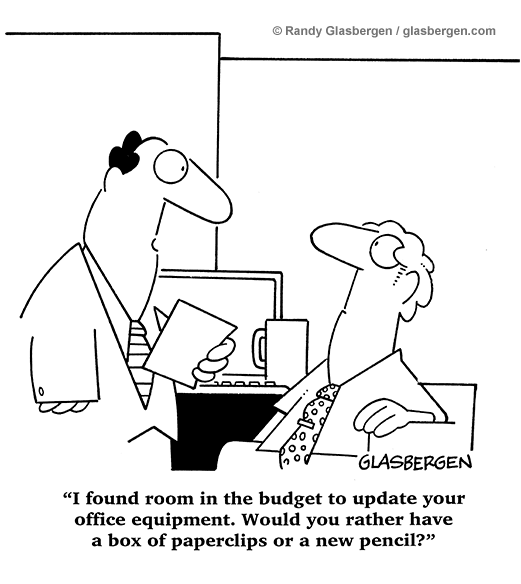Term 4 Week 6 (16-22 Nov) Budgets
Section outline
-
Learning Intentions

- To explore how financial information is used to make decisions.
- To explore how businesses record financial information.
- To experience running a business as a team in a simulation scenario
- Able to record transactions in a Cash Flow Statement, Budget and Statement of Affairs
- Have run a simulated business as a team.
Financial Statements - Budgets
(and Statements of Affairs next week)
A budget is an estimate of your future income and expenses. It enables you to make decisions, such as: how much can I save each month? Can I afford to go on holiday in July?
A balanced budget has income equal to spending (hopefully where spending includes money saved or invested). If your finances go into 'the red', this means that you have spent more than you have earned and so have not enough assets to repay what you owe (the opposite is called 'in the black').
Types of expenditure
If you need to reduce your spending in order to balance your budget, you will reduce non-essential expenditure (eg trips to the cinema, treats, holidays) before reducing essential expenditure (eg rent, groceries, petrol).
There are are other ways to categorise spending. Fixed expenditure is the same amount for a period of time (eg rent, loan repayments). Variable expenditure increases and decreases as you use more or less of the good or service (eg entertainment, clothing purchases). Semi-variable expenditure has a fixed part and a variable part (eg electricity, in which you pay a 'standing charge' for maintenance & cables and which does not change, and a usage charge, which is based on how much electricity you've used that month).
Depreciation
A budget needs to have enough surplus to allow for depreciation, which is an estimate of how much value your assets (eg cars, furniture) have lost each year. Although depreciation is not cash being paid and so is not usually included in a budget, it is the value of assets being used up (and eventually needing to be replaced) and so needs to be considered when looking at the final surplus. If you don't put enough away for depreciation, there won't be enough savings to replace the asset at the end of its life.Converting figures
It's useful to remember that there are:
12 months in a year; 52 weeks in a year; 2 weeks in a fortnight; 26 fortnight in a year.Comparing budgeted and actual figures
At the end of the month, you should compare your estimates with what you actually received and spent. If you've overspent, this is bad news, as your surplus will be less or your deficit will be larger than expected. The difference between budgeted and actual figures is called the variance. This can be a negative figure if it makes your surplus less, or a positive figure if it makes your surplus larger.
